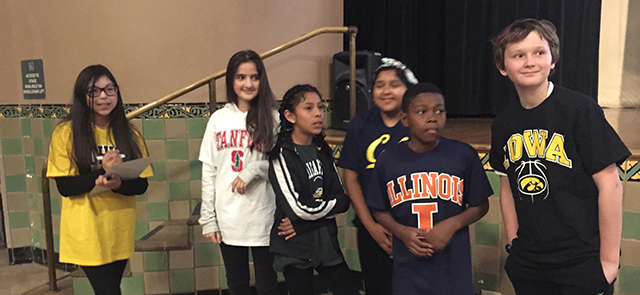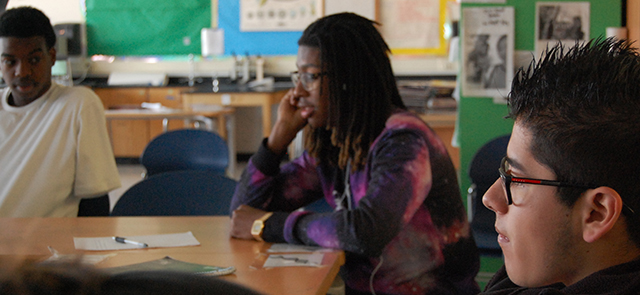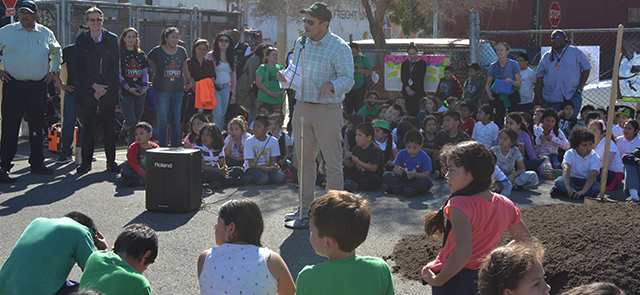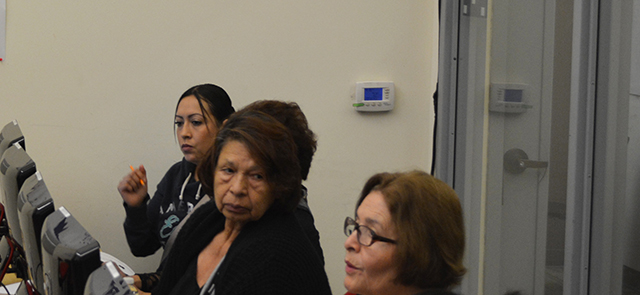Socially driven visual designer Megan Malley has spent time volunteering across the globe. The Seattle native has landed on six continents, always donating her skills and time. Volunteer highlights include being a photographer with an artisan textile organization in the Peruvian Andes (photo), conducting design research on xenophobia and AIDS in South Africa, and working as a fair-trade product designer in Nepal.
Heading closer to home two years ago, Megan landed in the Mission Bay neighborhood of San Francisco, one of the newer parts of town down by the ballpark. Megan immediately felt at home as she explored the unique neighborhoods of the city, including the culturally rich Mission District.
“Since moving to San Francisco, I have felt so welcomed into my new city by everyone I meet. I love the sense of community here, and the way that nobody is viewed as an outsider, even if they haven’t been around very long. It’s a city made from a patchwork of varied personal histories, which makes it a vibrant and diverse place to live,” explains Megan of her ardor for her adopted hometown.
With volunteering in her DNA, Megan sought a place to give back. She first heard about the Mission Promise Neighborhood at an annual pro-bono design conference that she attends, where visual designers donate two days of their time to work on collateral for nonprofit organizations. Last February, Megan’s team designed infographics, a website and a motiongraphic, all to refresh the Mission Promise Neighborhood brand’s visual identity.
Over the course of that weekend, Megan heard of the impactful work the Mission Promise Neighborhood was doing with the community to better the educational opportunities and lives of underresourced families.
The tutoring programs especially struck a chord with Megan. She immediately wanted to get involved.
That involvement comes via Reading Partners, a national nonprofit dedicated to transforming struggling young students into confident readers. The organization creates an on-site reading center at each school they serve, including Cesar Chavez Elementary in the Mission Promise Neighborhood. Room 24 now teems with engaging books for kindergarteners to 4th-graders, creating an idyllic atmosphere for one-on-one learning opportunities at an accelerated pace to get back on grade level in reading.
Megan meets up with student Jeremiah each week for an hour. For most of the kids at Cesar Chavez Elementary School, English is not the primary language spoken at home. When they read with a native speaker, the student hears the patterns and nuances of fluent reading, which helps them gain confidence in their own reading.
Megan knows that the experience is just as beneficial for her as it is for Jeremiah: “By tutoring I get to spend time with kids, which I love, and I also get to share my enthusiasm for reading. As a child, I would spend hours lost in books, and it makes me so happy to be able to encourage a youngster to feel the same way about reading.”
By returning weekly to read with the same student, Megan sees him gaining comprehension skills, recalling phonics and word patterns from past sessions.
“It’s so rewarding – for both of us – to see progress happening at such a consistent pace. I would encourage anyone who enjoys working with children to volunteer,” Megan explains. “It’s such a small time commitment, as little as one hour per week, but makes such a huge difference for the students. I’ve loved my time reading with Jeremiah – and I really look forward to our sessions every week.”
____________________________________________________________
A little or a lot. Give your time. Gain a community.
Volunteer today with the Mission Promise Neighborhood!
____________________________________________________________
About Mission Promise Neighborhood
The Mission Promise Neighborhood is a citywide community partnership that was created to support kids and families living, working and attending school in the Mission District. It brings together schools, colleges, community organizations and community leaders to help kids graduate and families achieve financial stability.

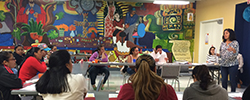 Alvarado, a former preschool teacher, brings vast experience to her work and is very passionate about informing families in the Mission about the many resources and opportunities for young children and families. She does this by connecting with families in various ways: by helping families to place their children on the
Alvarado, a former preschool teacher, brings vast experience to her work and is very passionate about informing families in the Mission about the many resources and opportunities for young children and families. She does this by connecting with families in various ways: by helping families to place their children on the 